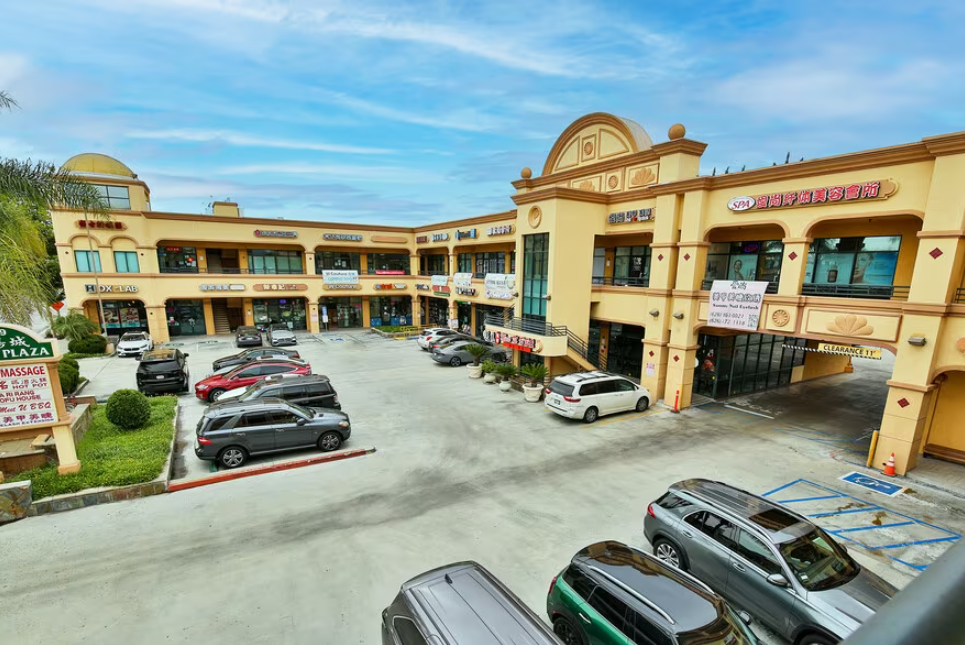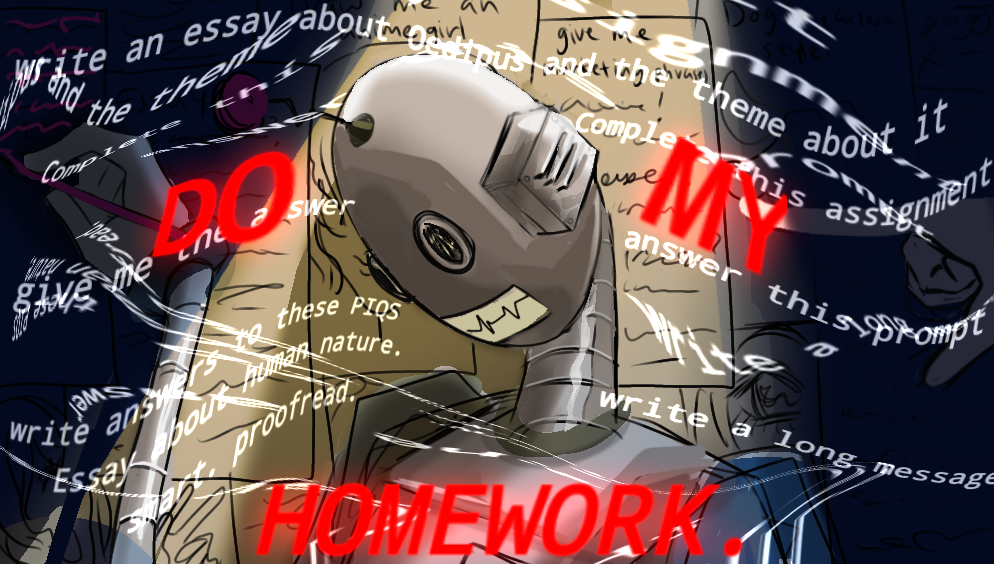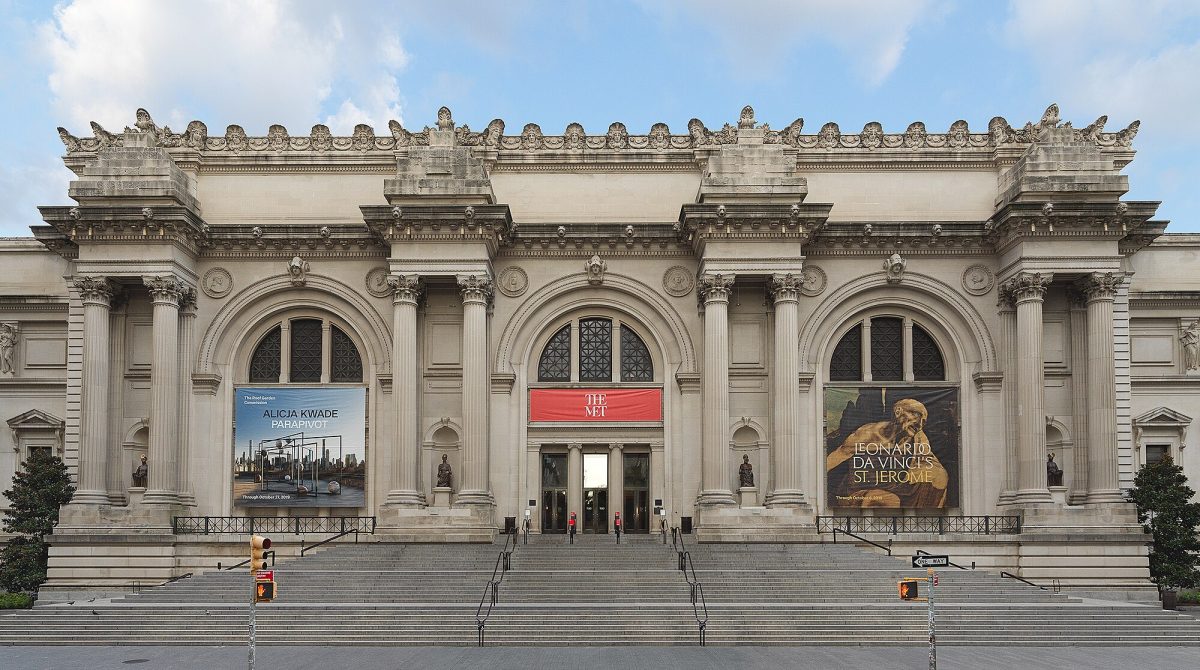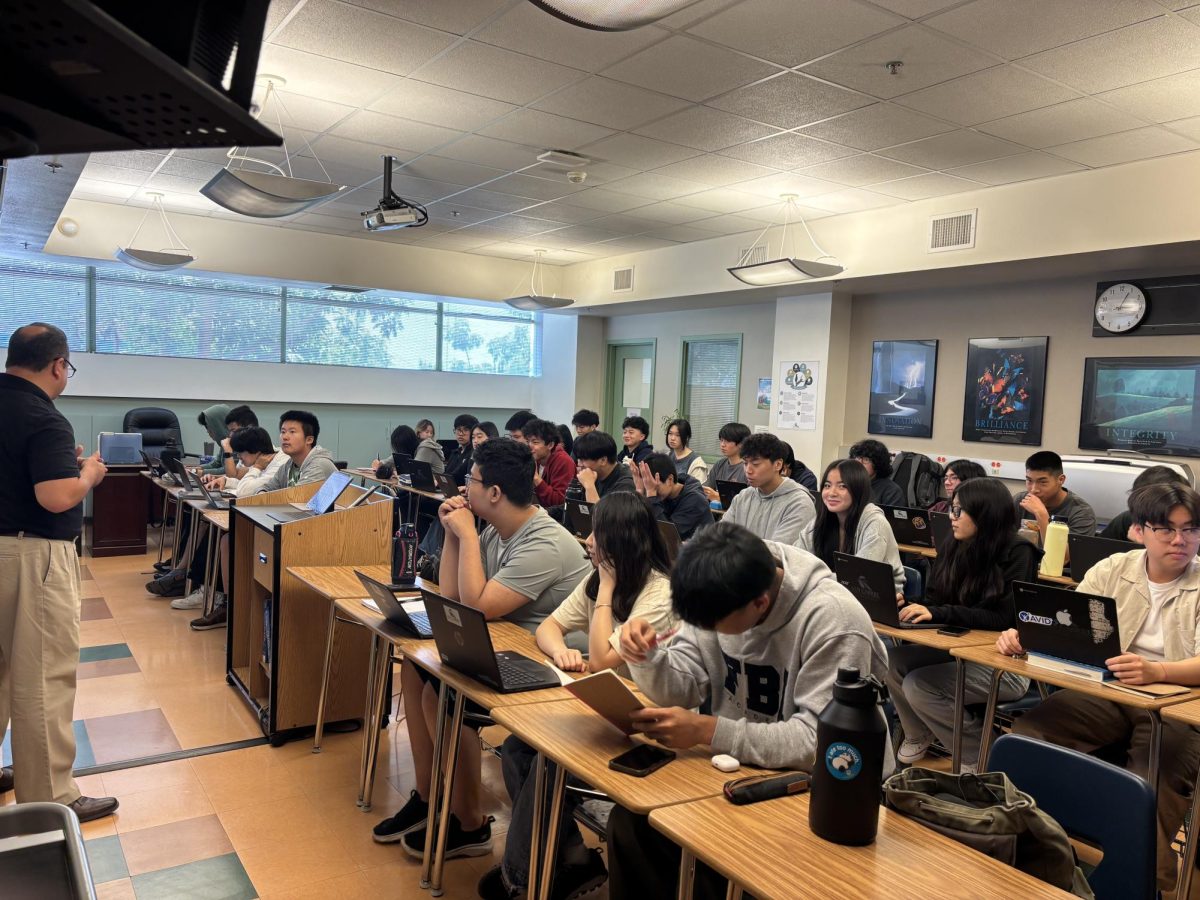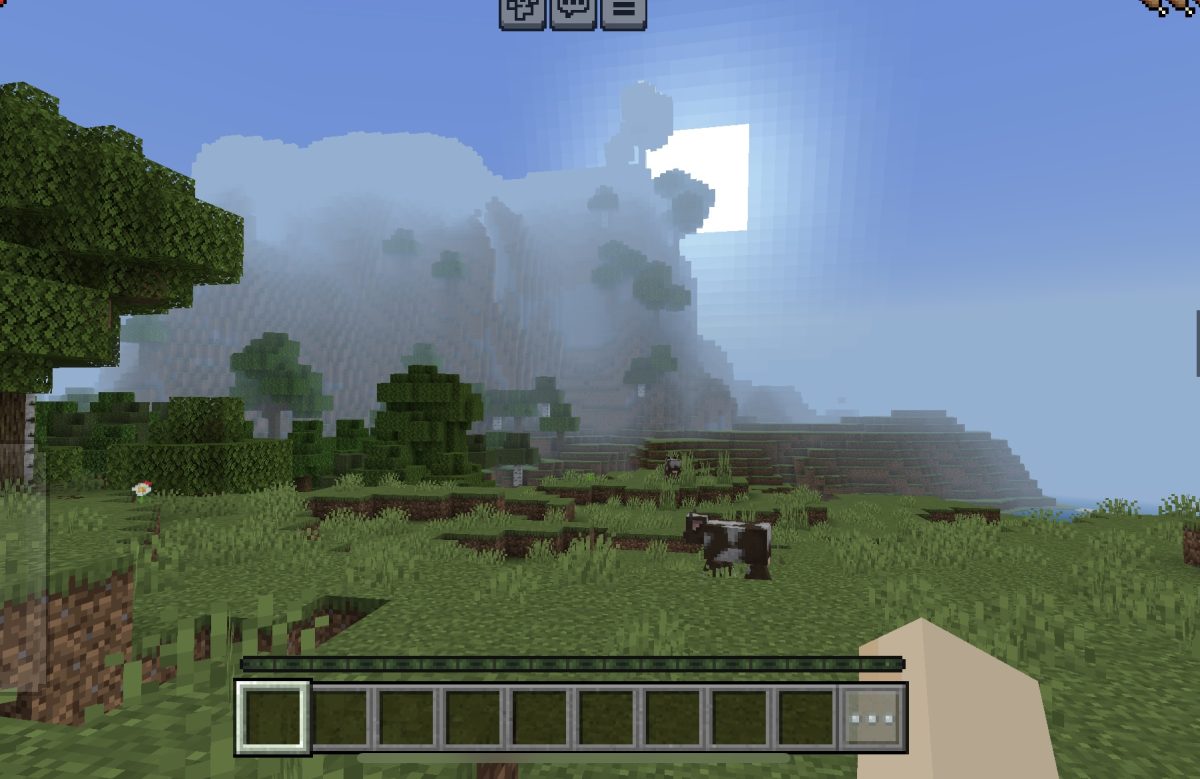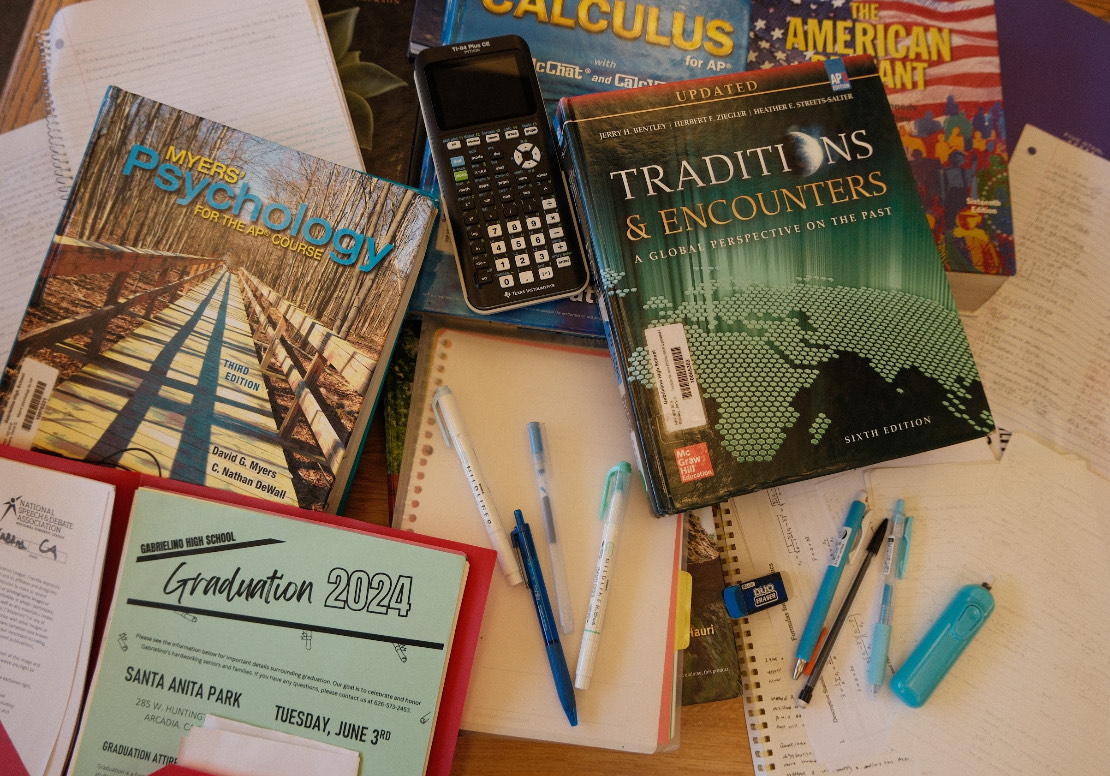No period has students running from their classes more than lunch, when students can socialize with friends and enjoy nutritious meals to help them get through the day. However, much to many’s dismay, school lunches have long failed to meet the standards of hungry students. While open campus policies for lunch may appeal to students, it is a logistical nightmare for the school that fails to solve the original problem of unappetizing, unhealthy lunches; an issue not only at Gabrielino High School but nationwide.
Gabrielino has a closed campus policy throughout the school day, one it has held historically. Open campus for lunch would allow students to leave campus to grab food of their own choosing and return before the period’s end. Proponents of this policy often cite students being able to build up independence and responsibility, but fail to recognize the burden it would place on the school’s administration.
“There are a lot of concerns, like eligibility and the parameters to allow students to leave,” stated Principal Vince Lopez. “Which would then be an issue with monitoring students who don’t meet the eligibility, like underclassmen.”
Even with requirements that would help streamline the process, such as strict one-strike policies or signed permission from guardians, open campus poses too much of a risk to both students and the school. The policy change would create problems that do not currently exist under the current system, ones that are difficult to manage and even more so to solve.
“We have difficulty getting kids here during the first period, if we had an open campus, we’d have an issue with getting students before the end of lunch,” explained Lopez. “One of the larger concerns is the safety of students and the resources we’d have to use to make sure everyone is safe and accounted for. With an open campus, we’d have to take more time to monitor the gates and make sure the students leaving come back.”
Gabrielino has already begun to tackle student disinterest in school lunch in a different way, however, one that keeps students on campus and offers them freshly cooked meals. The cafeteria kitchen has begun offering smoothies in the morning this school year, along with a variety of soups recently this semester such as pozole, chicken noodle soup, and chicken pho.
“I think the cafeteria staff have been doing a great job,” stated Lopez. “I think they’ve really changed for the better, significantly, because of the scratch cooking the kitchen has been doing so that kids aren’t getting food they aren’t responding to well. We have guidelines with what can be served of course, so we try to meet the needs of our students while abiding by the restrictions.”
Rather than creating more problems than solutions with policies that radically change a system preserved for the safety of students, Gabrielino should continue to focus on supporting the kitchen staff’s efforts to serve meals cooked straight from the cafeteria. Not only would support for scratch cooking help add variety to the existing, ill-received menu, but it would also help provide nutritious meals that allow students to get through the day.

